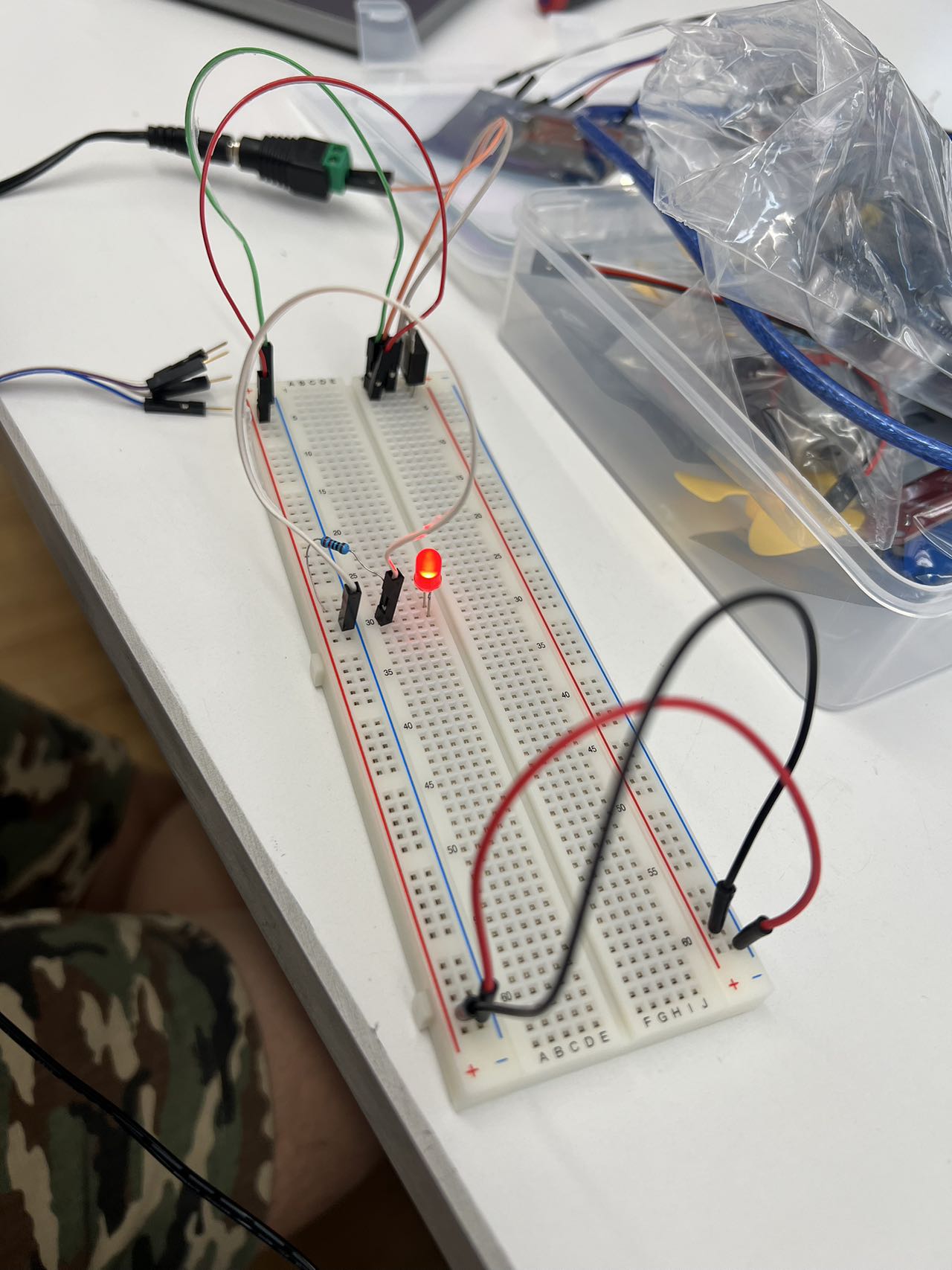Week 1 - Introduction to Physical Computing
Lab Activity
collaborated with Cory Lee


Testing 12V power supply with multimeter
Reading
Timo Arnall on the fallacy of invisible interfaces
I really appreciate all the points Timo Arnall makes in his articles. I feel the same way and also doubt the reality that technology, especially user interface, is "hidden" or "disappears".
As an enthusiast of skeuomorphism, which is the design that tries to mimic other real objects to allow the user to easily understand and interact with them, I feel that the trend of "good design is invisible" is separating people from technology even more. The problem is most noticeable in the two extremes of age groups in society, the young and the old. I know that some older people, like my parents, are curious about new technological products, but it's often hard to see how to use them from the start. Most of the time they will be frustrated because it is not the way they use the product and many interactions do not make sense according to their experience. The opposite is true for young children, who are active minds and can often learn new ways of interacting quickly but are unable to understand the logic of the old interface because of the limitations of the current design, such as a toddler used to using an iPad trying to touch the TV. By its very nature, “invisible” design requires too much context to begin with, separating the design from the people who use it- even the people who designed it.
However, I don't want to completely dismiss this concept. I think "invisible" is one of the experiences or interfaces that the designer wants to allow the user to do without much effort. It can be a kind of user experience, but as a designer, we have to know that the technology is there, and the culture is there. Even though we want the user to have a seamless experience, invisible might not be a good choice.
Bret Victor, A Brief Rant on the Future of Interaction Design
This article is so entertaining and inspiring. Our body, especially our hands, are such amazing mediums (?) and ways to allow us to do things. I am also really amazed by the definition of a tool, which is “A tool addresses human needs by amplifying human capabilities.” With physical computing, I am sure using hands is just a great start but the future is unlimited. Experience-wise, I also think the senses of the human body are quite interesting. Hopefully, I could do some projects around this topic.